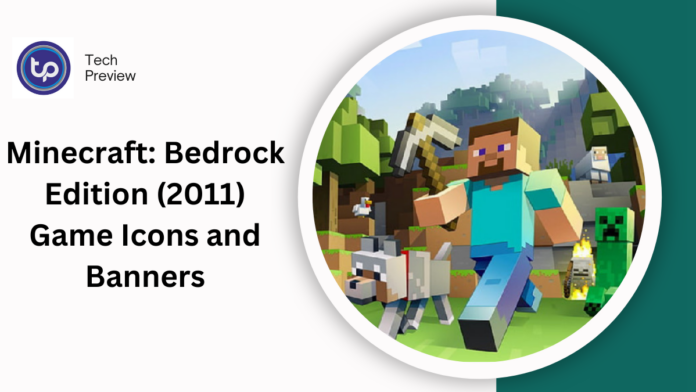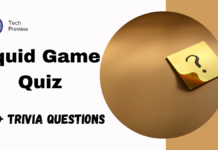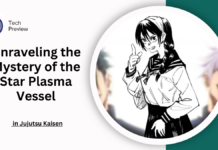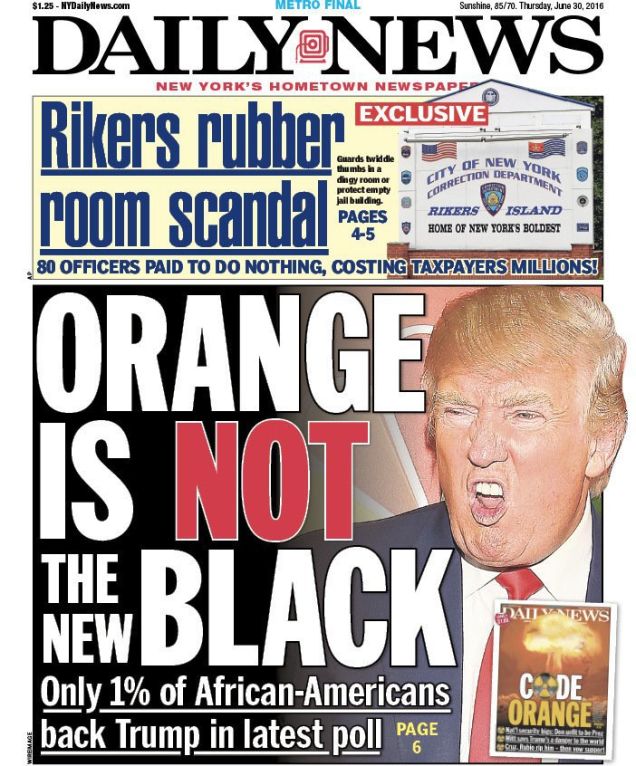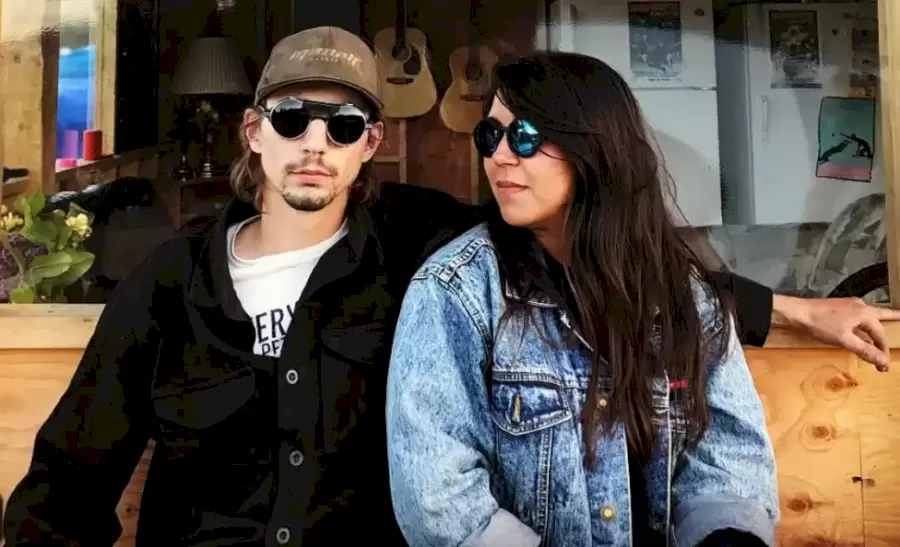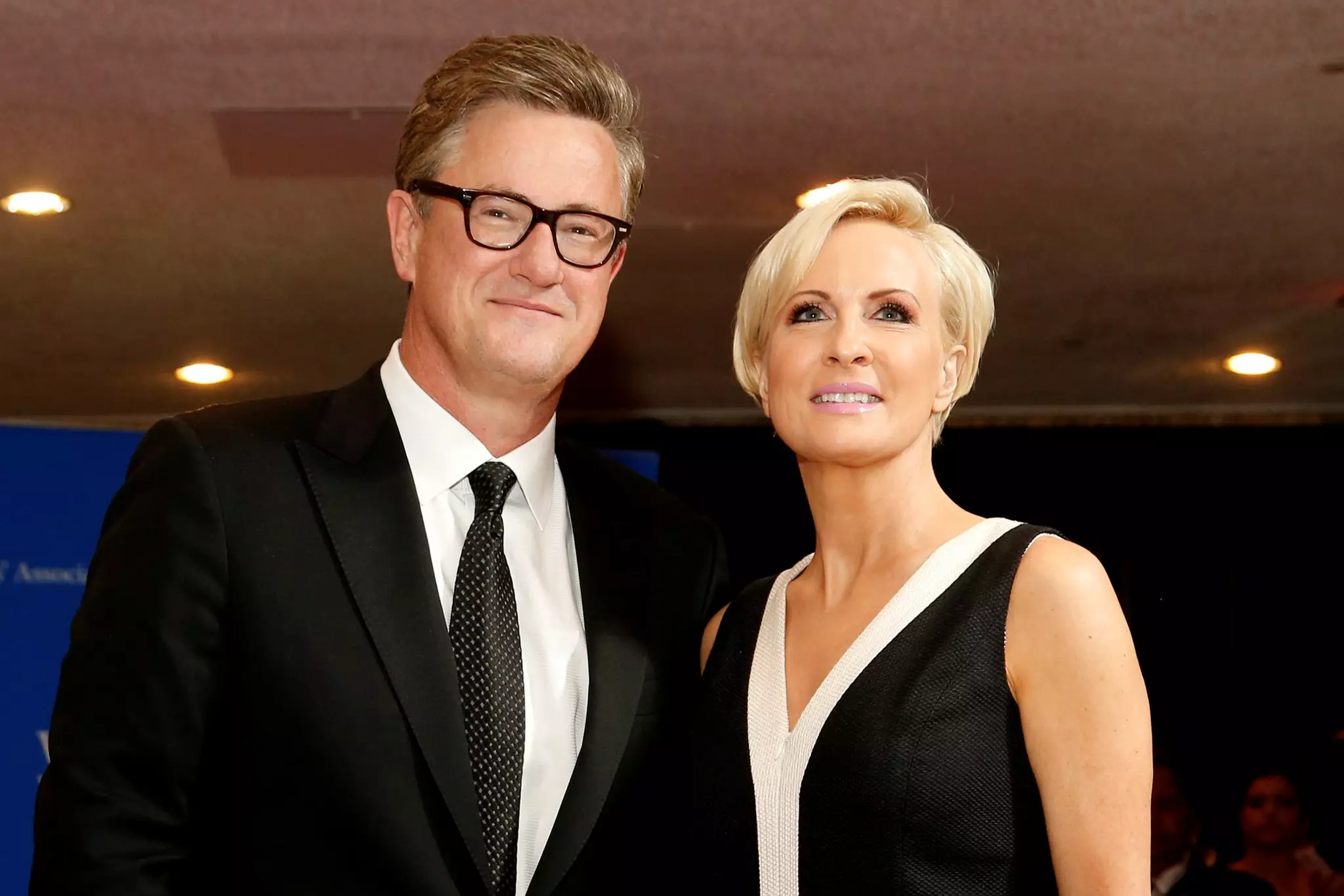In the vast expanse of Minecraft’s Bedrock Edition, a fascinating dimension of game icons and banners awaits discovery. Since its inception in 2011, this edition has traversed a remarkable journey, cultivating a distinctive identity that transcends mere aesthetics.
As we delve into these visual elements’ evolution, customization, and advanced applications, a captivating narrative unfolds.
The Genesis of Icons and Banners
In its nascent stages, Minecraft: Bedrock Edition’s icons were simplistic, serving as mere representations of blocks, items, and tools. However, these icons evolved as the game underwent transformations, becoming more refined and distinct.
This metamorphosis enhanced the gameplay experience, enabling players to identify objects within their inventories and craft menus swiftly.
Banners, introduced later, began as rudimentary decorative flags crafted from wool and sticks. Over time, they have become increasingly complex, allowing players to incorporate diverse patterns and colours via looms.
This progression has elevated banners beyond mere decoration, transforming them into instruments for storytelling, team identification, and even gameplay mechanics like puzzles and navigation aids.
Customizing Icons and Banners
In Minecraft: Bedrock Edition, customization is paramount, empowering players to personalize their gaming experience. By harnessing digital art programs like Adobe Photoshop or GIMP, players can create bespoke icons, integrating them into the game via resource packs.
This process enables players to align the game’s visual elements with their unique aesthetic preferences, fostering a more immersive experience.
Banner customization involves crafting banners using six pieces of wool and one stick. Subsequent customization via dyes and looms allows for intricate designs, with up to six layers of patterns on a single banner. Players employ banners to mark territories, decorate buildings, and even create visual narratives or integrate them into puzzles within custom maps.
Advanced Techniques and Community Contributions
The Minecraft community has revolutionized the humble banner, transforming it into a canvas for creativity. Players have designed banners that represent national flags, team colours, and even pixel art recreations of famous logos and characters.
Websites like Planet Minecraft and MCPEDL host many user-created designs, providing boundless inspiration for players seeking to enhance their in-game visuals.
Innovative Applications of Banners
Beyond decoration, banners in Bedrock Edition have been utilized in various ingenious ways:
- Navigation and Wayfinding: Banners guide explorers along paths, mark important locations, or distinguish areas within large bases.
- Puzzle Elements: Banners are incorporated into puzzles, requiring players to arrange specific patterns to unlock new areas or progress.
- Decorative Elements: Banners mimic curtains, tablecloths, and other household items, adding depth to player-built environments.
Icons and Banners Across Editions
Icons and banners function differently across Minecraft’s various editions. Bedrock Edition optimizes icons for diverse screen sizes, ensuring consistent visual quality. In contrast, Java Edition allows more advanced customization through direct modification of game files and commands.
For those seeking to push the boundaries of customization, mods and add-ons offer even more possibilities for icons and banners in Bedrock Edition. These modifications can be downloaded from reputable Minecraft modding sites, expanding the variety of banner patterns and icon styles available.
Design Principles for Effective Icons and Banners
Creating visually appealing icons and banners involves:
- Consistency: Maintaining a uniform style across icons and banners ensures a cohesive look.
- Contrast: Using contrasting colours enhances visibility and readability.
- Simplicity: Avoiding overly complex designs ensures recognizability at smaller sizes.
- Context Consideration: Designing with intended use and placement in mind is crucial.
- Iteration: Regular testing and refinement based on in-game feedback ensures optimal visual outcomes.
Conclusion
In Minecraft: Bedrock Edition, a fascinating metamorphosis has unfolded, transforming humble game icons and banners into intricate, customizable tapestries. This evolution is a testament to the game’s perpetual growth, creative potential, and the boundless imagination of its global community.
As visual tools, they transcend mere functionality, becoming a canvas for self-expression, storytelling, and artistic innovation within the game’s vast expanse.
Delving into the realm of icons and banners can elevate the Minecraft experience for both seasoned veterans and newcomers, imbuing adventures with uniqueness and personality.
From their modest origins to the sophisticated designs of today, these visual elements continue to play a vital role in shaping the game’s visual and interactive landscape, reflecting the dynamic interplay between the game’s evolution and the creativity of its players.
In this intricate dance, icons and banners have blossomed into a kaleidoscope of artistic expression, inviting players to weave their own narratives, forge identities, and craft immersive experiences. As the game continues to evolve, so too will the possibilities for creative expression, ensuring that the world of Minecraft remains a vibrant, ever-changing tapestry of imagination and innovation.
To know more, click here.

